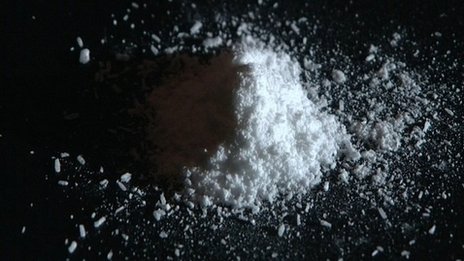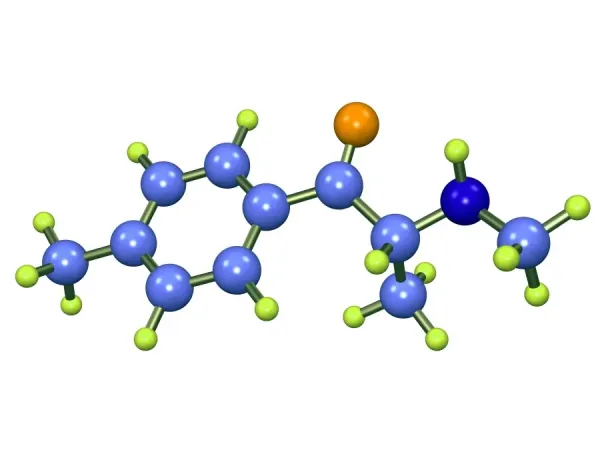T
he main differences between 2-MMC, 3-MMC, and 4-MMC lie in their chemical structures and effects:2-MMC is considered weaker than 3-MMC and 4-MMC. Some users report that it provides a more functional and clear-headed stimulation, with a less intense comedown.
3-MMC is often described as having stimulant effects similar to cocaine, with a focus on energy and sociability. It is less empathogenic than 4-MMC and has a milder effect overall.
4-MMC (Mephedrone) is known for its strong euphoric and empathogenic effects, often compared to MDMA. It is considered more potent than 3-MMC and has a greater impact on social emotions.
Users also report differences in redosing urges, comedown intensity, and physical sensations when consuming these substances. However, due to legal restrictions, newer variants are often mislabeled, making drug-checking essential for accurate identification
How the Mephedrone works
Pro Admin
The way stimulant substances affect people varies based on individual tolerance, dosage, and method of consumption. Some users experience heightened energy and sociability, while others might feel increased paranoia or anxiety.

Potential feelings
Common effects include
- Feeling alert, confident, or affectionate
- Possible anxiety, dizziness, or paranoia

Duration of effects
Typically lasts a couple of hours, but users often redose frequently to prolong effects
After extended use, some may experience insomnia and short-term memory issues
Common risks
Frequent redosing can lead to higher consumption than intended
Injecting carries risks of infection or overdose
Increases chances of heart complications or stroke
Mixing substances
Combining stimulants with other drugs—especially depressants or other stimulants—can significantly increase health risks.







